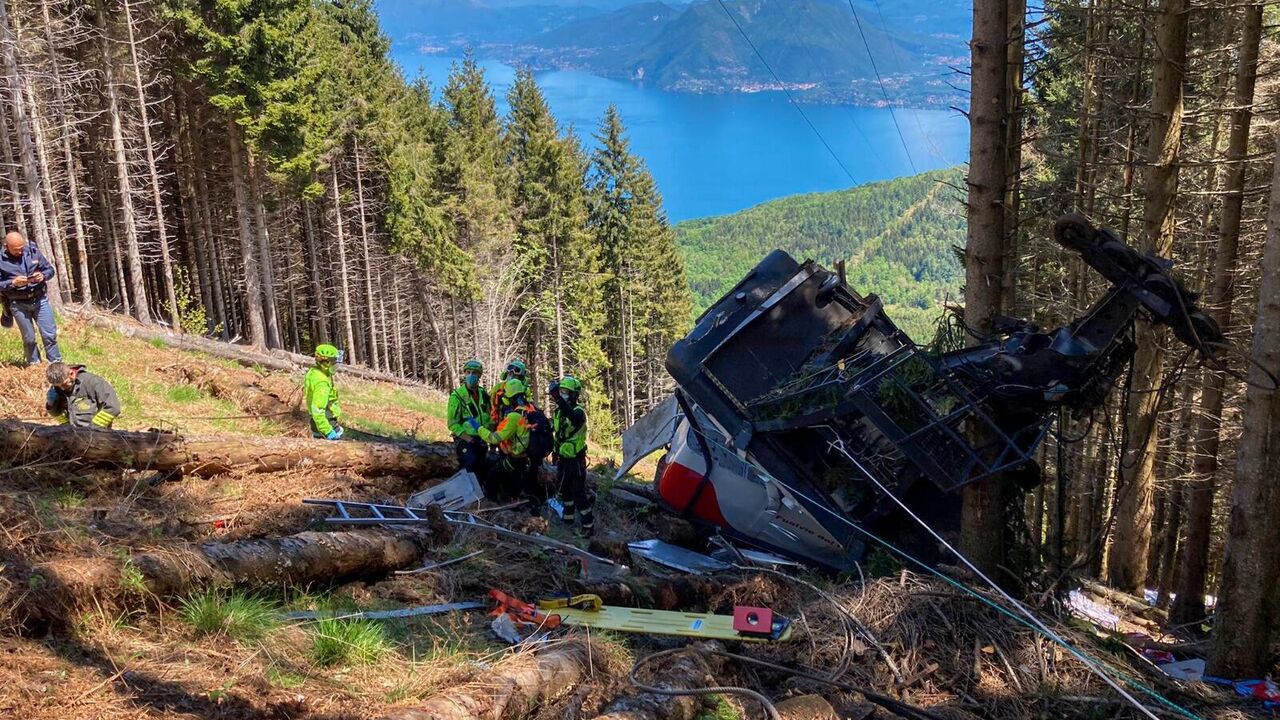
Kabardino-Balkaria has witnessed its second cable car incident within a month and a half, raising significant public concern.
On the high-altitude southern slope of Mount Elbrus, an outdated cable car connecting the Mir and Garabashi stations broke down. At the time of the accident, 37 people were on board, with three tragically losing their lives. Earlier, in early August, a similar incident occurred in Nalchik, though without fatalities. These events prompt questions about the reliability of other Russian cable cars, especially with the upcoming winter ski season.

The accident occurred on Friday, September 12, at the highest point of the section, complicated by adverse weather conditions. Despite this, MCHS rescuers and other emergency services promptly arrived and managed to evacuate most of the people. Nevertheless, the accident resulted in three fatalities. As a reminder, a similar incident without casualties had taken place in Nalchik in early August.
The Mir-Garabashi single-chair cable car, the site of the tragedy, ascends to an altitude of over 3800 meters, making it one of the highest stations in both Russia and Europe. This line, designed for 86 chairs and extending over one and a half kilometers, began operation in 1981. Interestingly, a newer cable car also operates on the same section but was temporarily closed for pre-season maintenance, forcing all visitors to use the older one.
Khisa Bekkaev, Deputy General Director of the Kavkaz.RF Development Institute and General Director of the Elbrus resort, stated that the facility was leased by a private company, LLC «MKD Elbrus,» which was responsible for its safety. At the time of the incident, 37 people were on the cable car. Most of those evacuated did not require medical attention, but three individuals died. The preliminary cause of the accident was a rope slipping off one of the support rollers.
Sergey Averin, an expert in industrial safety of cable cars, notes that such facilities undergo annual inspections. However, some owners, unfortunately, disregard the recommendations of expert organizations. He emphasizes that these outdated cable cars are long overdue for replacement, and the capabilities for this are available.
“In our country, there are now organizations engaged in the production of aerial ropeways, including chairlifts with cabins. Although foreign companies have exited the market, the domestic industry has received a strong impetus for its own development. New ropeways are characterized by a high level of safety, modern design, and convenience. Of course, the cable car involved in the accident was morally obsolete. Maintaining older systems is not difficult, as spare parts were supplied in large quantities, and our industry is also starting to produce them, making the sector in demand.”
This marks the second single-chair cable car accident in Kabardino-Balkaria within the last month and a half. In early August, an old cable car collapsed in Nalchik, fortunately without fatalities but injuring 12 people. That cable car was also owned by a private company which, incidentally, had been fined 100,000 rubles by a court in 2024 for industrial safety violations. Svetlana Danilina, Deputy Chairman of the Board of the Association of Ski Resorts, Territories and Services, believes that these accidents are likely the result of maintenance and operational errors by specific companies, and there is no need to worry about the upcoming winter ski season in general.
“I am confident that there will be no problems with the season. Cable cars have a long service life, up to 50 years and even more. Equipment purchased and installed in the last 10-15 years is in good condition and will operate. It is regularly inspected, and ropes are changed, so I see no issues there. Perhaps difficulties might arise with purchasing equipment for new resorts, as some are trying to install imported cable cars with complex logistics, which is more expensive. Everything depends on many conditions: climate, proper maintenance, and scheduled works. In any case, 50, or even 55 years of service for a ropeway is quite normal with a good operational cycle.”
Following these two incidents, the Kavkaz.RF Development Institute proposed stricter controls over older cable cars and called for additional inspections.











